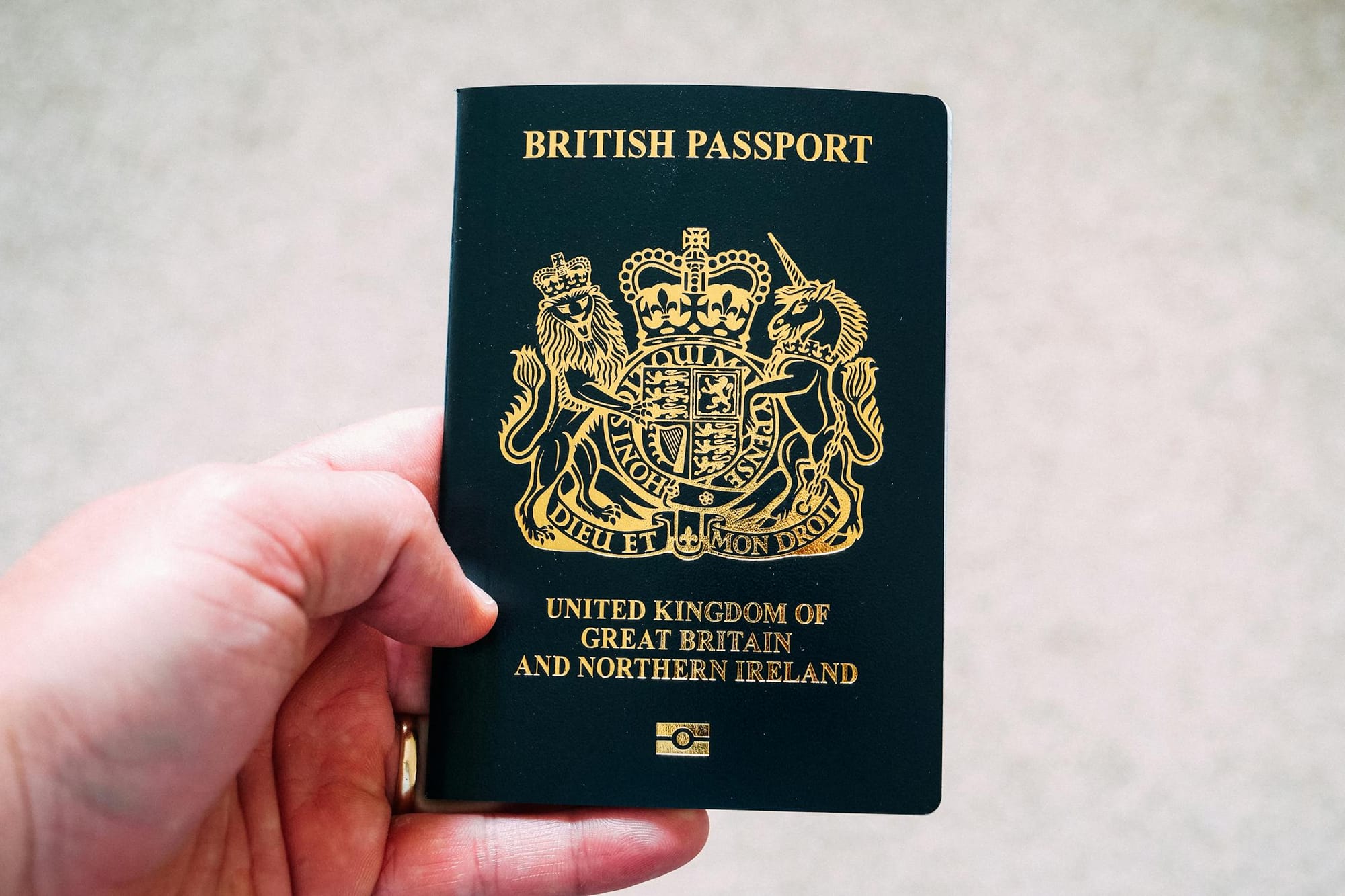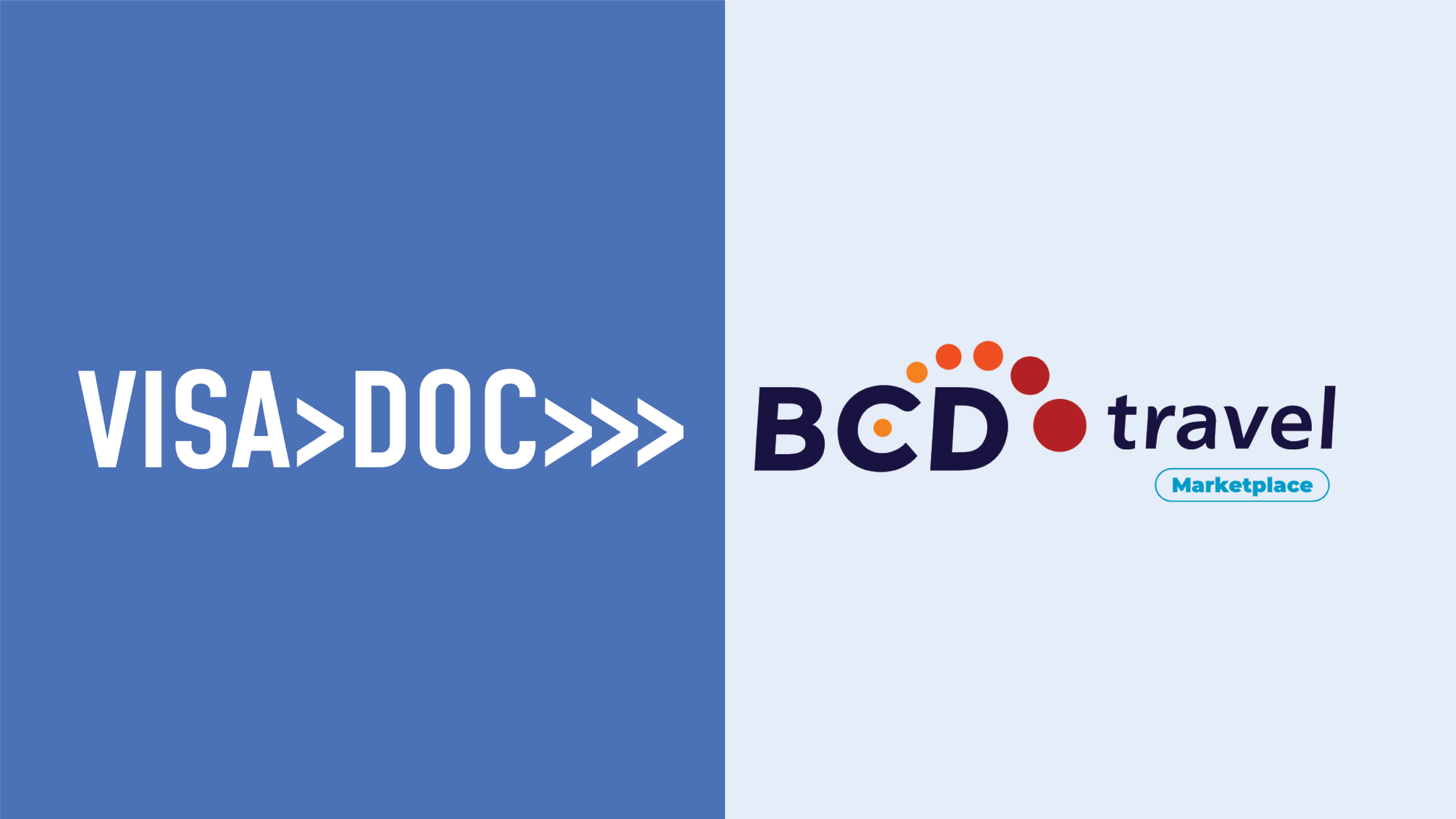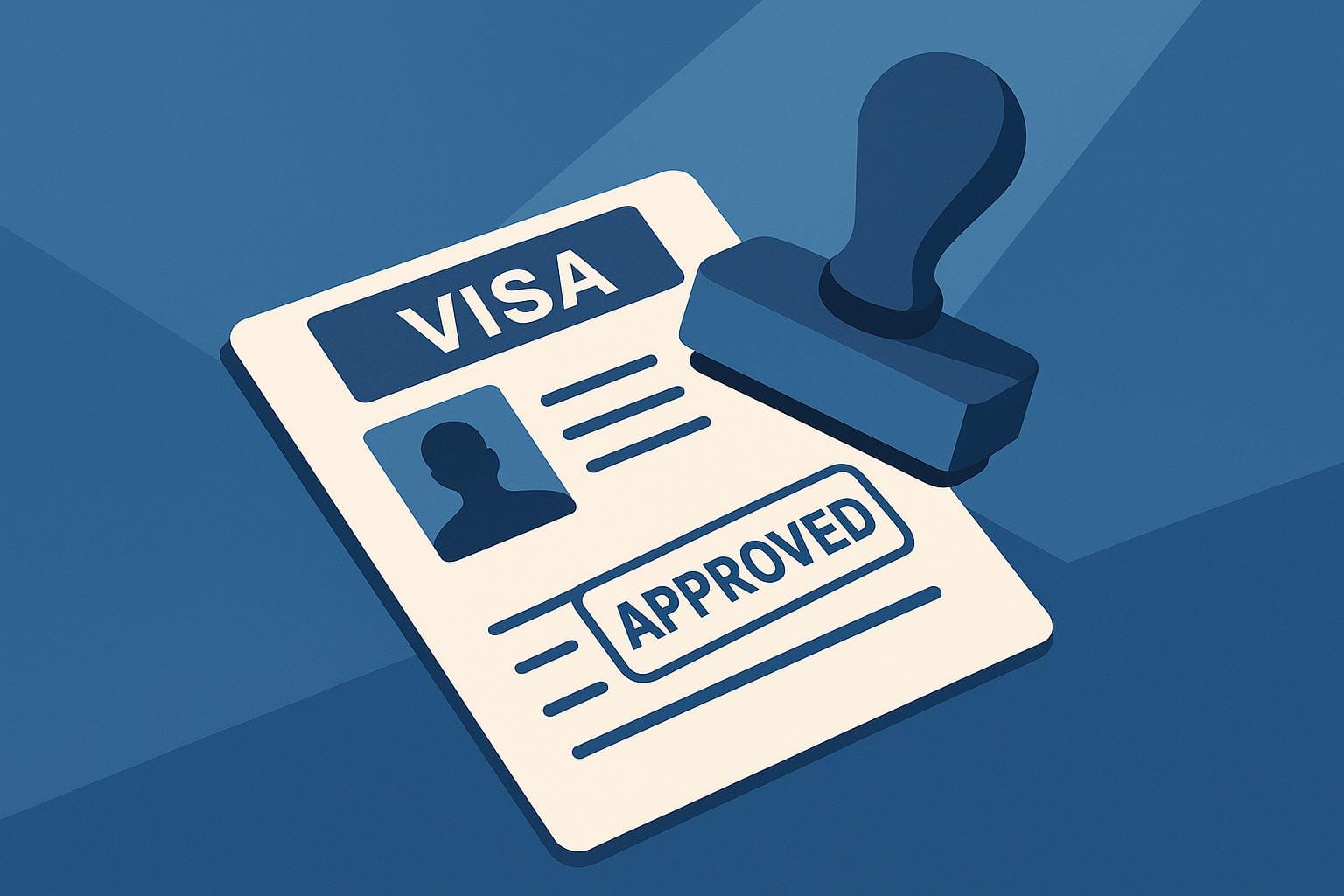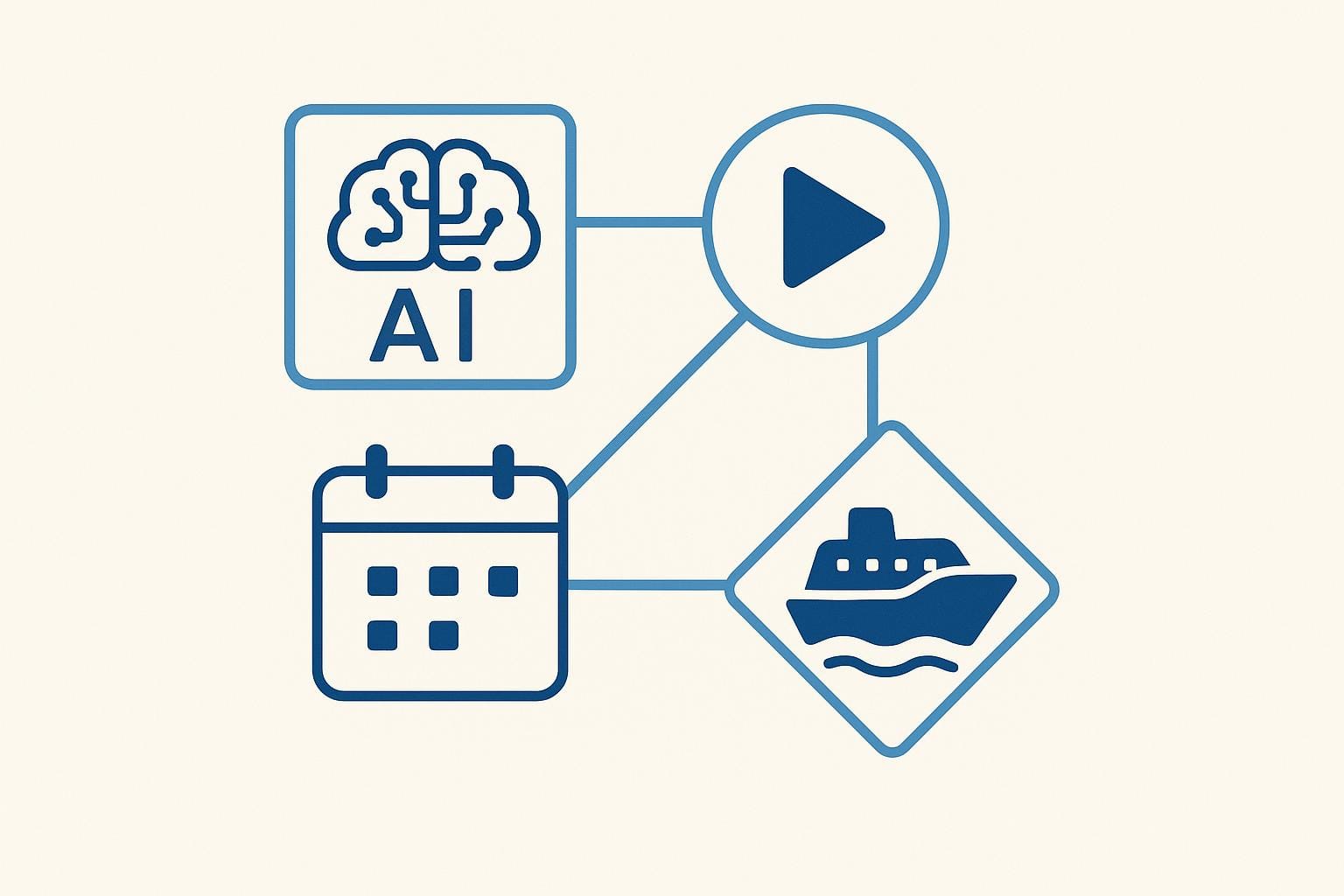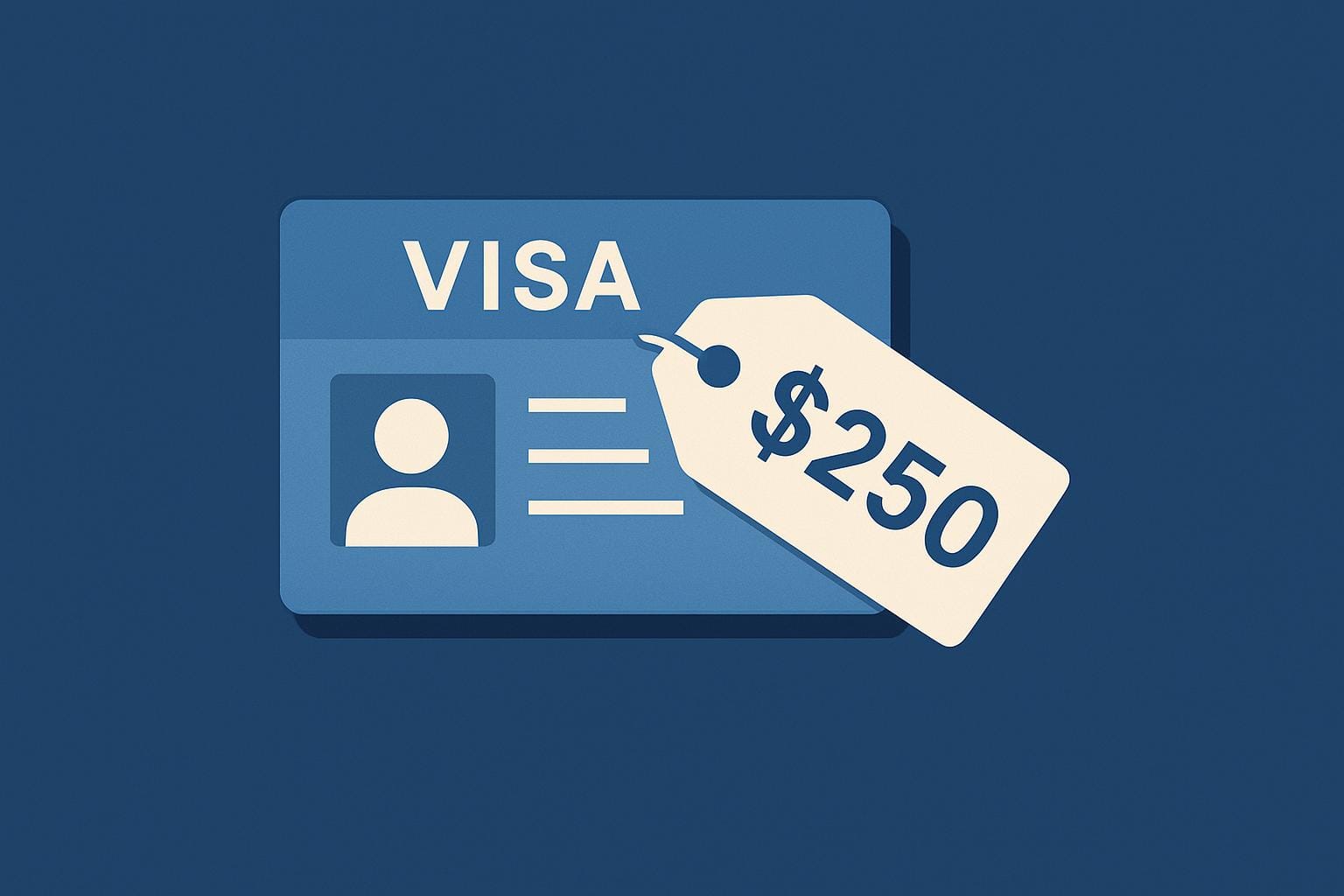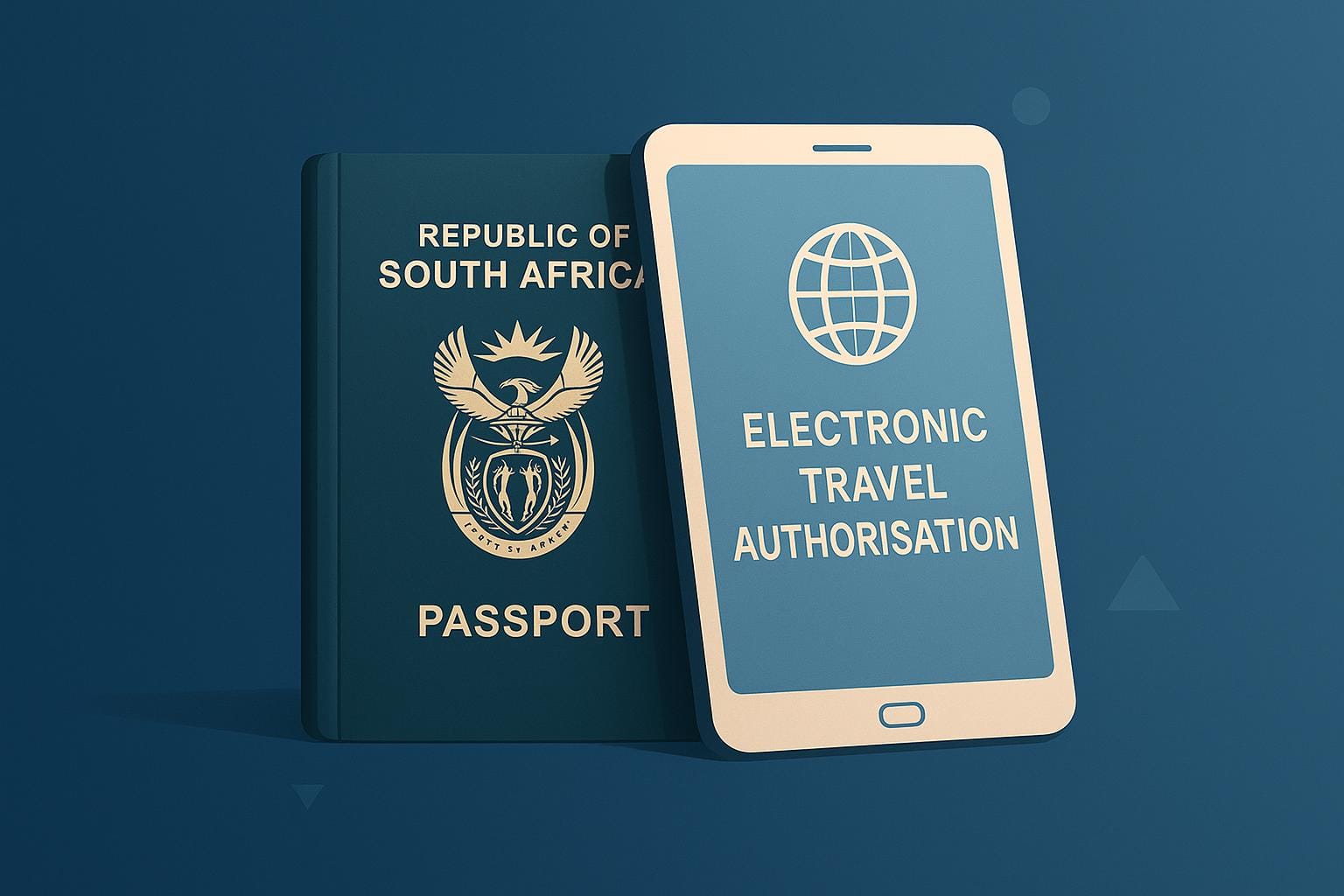Managing visas on paper is costly and inefficient. Switching to digital systems saves money, reduces errors, and speeds up processes.
Here’s the key comparison:
- Paper-based systems cost UK organisations £45,600 annually for materials, printing, postage, courier services, and faxing.
- Digital systems cut costs by automating workflows, reducing errors by 48%, and speeding up tasks like data entry from hours to seconds.
- Paper systems have a 40% error rate, leading to delays, compliance risks, and higher penalties. Digital tools offer secure storage, real-time compliance checks, and automated alerts.
Quick Comparison
| Feature | Paper-Based Systems | Digital Systems |
|---|---|---|
| Annual Cost | £45,600 | Lower (savings on materials, postage) |
| Error Rate | Up to 40% | Significantly reduced |
| Processing Time | Hours per application | Seconds per application |
| Compliance Risks | High risk | Automated monitoring |
| Document Security | Prone to damage or loss | Encrypted, cloud-based storage |
Switching to digital visa management systems not only saves money but also improves accuracy, compliance, and efficiency, making it a smarter choice for modern organisations.
Cost Analysis: Digital vs Paper Systems
Measurable Expenses
Paper-based systems come with more than just the obvious costs. For example, a UK financial institution produced 40 m³ of documents every quarter - that's enough to fill a classroom in just five years. Storing this volume of paperwork leads to high storage fees and inefficiencies. Research shows that 34% of corporate documents are poorly managed, which drives up operational expenses. On top of that, there's the cost of training staff, retrieving documents, fixing errors, and ensuring compliance - all of which can stretch budgets further.
And that's just the start. There are plenty of hidden costs that add up as well.
Indirect Expenses
Mismanaged paper systems can lead to compliance issues, higher litigation costs, delays, reduced productivity, and even the loss of valuable organisational knowledge. To stay on top of these challenges, businesses should conduct cost-benefit analyses every quarter. While setting up digital systems can be expensive at first, the long-term savings are undeniable. These platforms help streamline operations, speed up decision-making, and safeguard stakeholder interests. The result? Smoother processes and better outcomes for the organisation.
Process Speed and Accuracy
Challenges of Manual Processes
Using paper-based systems for visa management often leads to inefficiencies and high error rates - up to 40%, according to research. Tasks like document verification, data entry, and cross-referencing can take hours, slowing down the process significantly. On top of that, physically handling documents increases the chance of misplacement or damage, which may require applicants to resubmit their paperwork.
| Processing Aspect | Traditional Paper System | Impact on Operations |
|---|---|---|
| Data Entry Time | 3–4 hours per application | Slower workflow |
| Error Rate | Up to 40% inaccuracies | More time spent on corrections |
| Document Security | Prone to physical damage | Greater risk of data loss |
Switching to digital systems can address many of these issues, cutting down delays and reducing errors.
Benefits of Digital Systems
Digital visa management tools make the process faster and more precise. Automated systems can verify documents and input data in as little as 30–60 seconds, freeing up resources and saving time.
Automation also reduces common errors found in manual systems. Features like smart data validation ensure consistent and accurate information, while built-in compliance checks help meet visa regulations. Additionally, secure cloud storage and data encryption protect sensitive information and allow for instant access when needed.
These advancements not only improve speed and accuracy but also lower operational costs. Fewer errors mean less time spent on corrections, a reduced chance of visa rejections, and a lower risk of penalties for non-compliance. Meeting tight deadlines becomes much easier with these streamlined processes.
Time Management Analysis
Delays in Paper-Based Systems
Handling documents manually often slows down processes like collection, review, data entry, and fixing errors. These delays become even worse during busy travel seasons when visa applications increase significantly. Relying on paper-based systems makes it harder to keep up with demand.
Faster Processing with Digital Systems
Digital systems improve efficiency by automating workflows and verifying documents instantly. Automation reduces the need for repetitive tasks, freeing up staff for more important work.
Here are some key features that save time:
- Instant document checks
- Automated data entry
- Real-time compliance monitoring
- Quick error detection
- Centralised storage for easy access
These tools allow HR teams to focus on bigger-picture tasks instead of getting bogged down in administrative work, especially during high-demand periods.
Risk and Compliance Comparison
Paper System Risks
Managing visas manually comes with serious compliance challenges. Studies reveal that human error in manual data entry can reach as high as 40%. High-profile cases have shown that such mistakes can lead to penalties costing millions or even billions.
Another major issue with paper-based systems is document security. This concern grows as regulatory checks increase. For example, inspections by Luxembourg's labour authority rose from 10,000 in 2022 to over 17,300 in 2023. These risks highlight the importance of moving towards digital systems that are better equipped to handle compliance and security demands.
Digital System Safeguards
Digital visa management systems minimise compliance risks by using automated features, such as:
- Real-time compliance monitoring: Tracks visa validity and requirements automatically, reducing the risk of missed deadlines or unauthorised work.
- Systematic document checks: Lowers error rates and ensures records are complete.
- Automatic audit trails: Simplifies both regulatory inspections and internal audits.
- Secure data storage: Uses encryption and controlled access to protect sensitive information.
"Document management strategies have the potential to provide some substantial cost-saving benefits if they are used judiciously." - Ngulube
These systems centralise documentation, standardise processes, and send automated alerts for expiring visas or deadlines. With the average cost of a data breach reaching £4.2 million, digital solutions offer a critical layer of protection against compliance and security risks.
Conclusion
Research indicates that switching to digital visa management systems can lead to major cost savings and operational improvements compared to traditional paper-based methods. For instance, paper-based systems can cost up to £45,600 annually.
Digital systems address these challenges by improving records management and streamlining processes. They deliver clear benefits in three key areas:
| Area | Paper-Based Impact | Digital System Benefits |
|---|---|---|
| Cost Management | £45,600 annual expense | Cuts costs on printing, storage, and delivery |
| Document Handling | 34% mismanagement rate | Boosts accuracy and ease of access |
| Compliance | High risk of errors | Provides automated tracking and audit trails |
By adopting these systems, organisations can significantly improve their visa management processes. A hybrid approach - using digital systems alongside paper records for specific legal requirements - can further enhance efficiency and compliance.
This shift to digital visa management provides the tools to handle modern demands with greater efficiency, security, and scalability. As regulatory landscapes change and global mobility grows, these systems are well-positioned to meet evolving needs.



